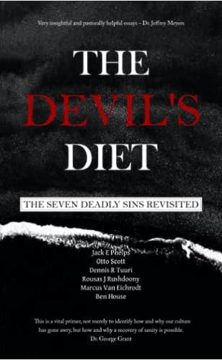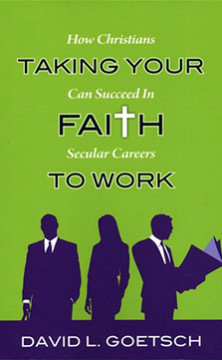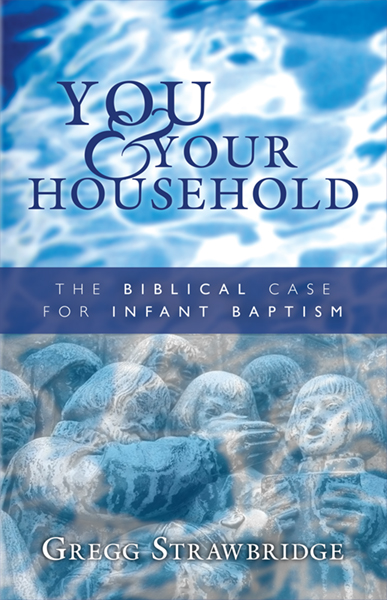I have been pondering the question of place lately–the matter of belonging. Or, we might even say the space of meaning.
This became especially salient when I finished Robert Capon’s notoriously and oddly named book, “An Offering of Uncles: The Priesthood of Adam and the Shape of the World.” The thing about strangely named books is that after a while, they become more endearing. The book was kind of a metaphysical tour through the role of place in the Bible and its unique purpose in shaping our priesthood.
And while Capon delved initially into place as a synonym for his own town and home, he moved into some description of parish life. Parish life is where I think place is most soberly discussed. It’s, in fact, the place where place finds its culmination. It’s the parish, stupid! Not economy. Not even, ultimately, the oikos.
I wish to simply opine on three features of parish life that mark our lives and confirm our place. Again, to quote my favorite gastronomist, Capon:
“Every person I meet has a history which threatens or promises involvement in my history.”
To call somewhere “my place” implies a dance; the intermingling of realities. I think the three features which most confirm place are faces, words, and postures.
Walking into the sanctuary, I am introduced to faces that confirm my place. Faces come with structural dimensions. Faces are architectural. Human smiles provide symmetry to the project, but more, it provides familiarity. To see the smiling faces of little children during a doxology is the kind of ritual that confirm the place. “Yeah, this is my people, my place, my party.” Faces are like living decorations that confirm the reality of place.
Then, there is the exchange of words. In a dialogical worship, words are exchanged like divine currency because husband and wife–Christ and his Bride–are talking. Each back and forth give meaning to each other: “The Lord be with you” “and also with you.”
One word can confirm place. One loud “amen” can seal place. One speech rightly administered and rhetorically delivered can make all things well. And that speech received makes all things new. Don’t take words for granted, even if they are small and a token of the day. Those words threaten involvement in your history and you should be happy with that.
Finally, there are postures. Hands lifted, hands receiving, kneeling, rising, passing, taking, qui magis. Postures are articulations of reality. If everyone kneels and you dare stand, you admit you have no interest in place or that you want to find another one. If you put your hands in a receptive form in a benediction, you confirm place. Not in isolation, mind you. But in togetherness. Places are made in togetherness.
When I meet you in my place, your history will threaten or promise to be in mine. It’s the structure of life. No place, no rationale for life. No place, no salvation.
Read more























